Do Wind Turbines Affect Human Health?
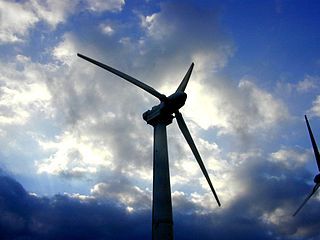
In any case, this is a terrific article on the subject.

In any case, this is a terrific article on the subject.
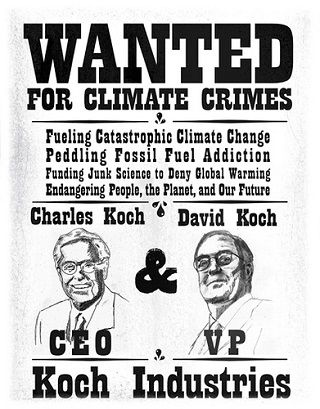
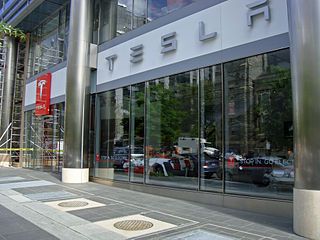
That’s why it’s so painful to see regressive steps (more…)

….The thing is, our end-use electric consumption is likely never going to decrease. We’ve more or less stopped the rapid increase in our nation’s energy consumption through improvements in efficiency, but every time someone better insulates their house, or switches from incandescent light bulbs to CFL’s (or still rarely LED’s), someone else upgrades their TV to a 90″ plasma monster TV, or just moves to a McMansion. (more…)
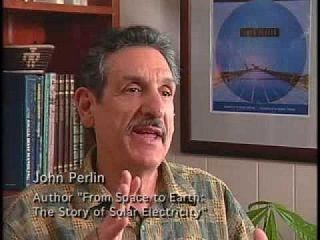
Lester Brown, Founder of Worldwatch Institute, says, “Let It Shine is the solar bible.”
“John Perlin is the historian of solar energy,” says Daniel Yergin, a guy who knows more than a little bit about energy on this planet.
I haven’t added too much to the 2GreenEnergy YouTube channel recently, and this should give me tons of material for a series of short videos that I can put online. Should be a great afternoon.
Allocating funds for sustainable progress is fast becoming a mandatory survival parameter for companies worldwide. With the climate change concerns mounting heavily by drastic weather conditions (consider the polar vortex), companies are realizing that they should shift to the green gear while there is still time. With the global fossil fuel supply running out every second in heavy consumption, full investment in alternative energy options is only a matter of time. From automobile manufactures to telecom services, everyone has to go green or perish. (more…)
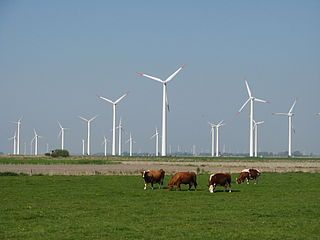
“The renewable energy paradigm requires an unprecedented industrial re-engineering of the landscape: lining every horizon with forty-story wind turbines, paving deserts with concentrating solar mirrors, girdling the coasts with tidal and wave generators, and drilling for geological heat reservoirs; it sees all of nature as an integrated machine for producing energy…… Ultimately, if we want to save more nature we must leave more of it alone, not harness it to power a human population of 7 going on 9 billion.”
Please, no more. I just had lunch, and that is really nauseating. At the risk of stating the obvious: (more…)
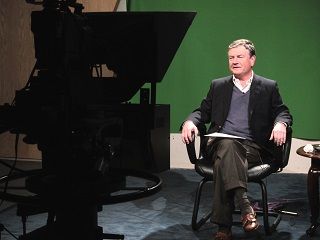
I respond: Sure, I’ll do it. Yes, I would say discussions related to clean energy, the environment, and sustainability are all fairly strong for me – at least from a high level.
I don’t claim to have any unique insights as to what investors want. I would simply say what the audience, I’m sure, already knows, i.e., that investors want low risk and high returns in a very short period of time. Of course, that’s the problem we face here in renewables, which are longer-term and capital intensive by nature, and they compete against forms of energy that are extremely inexpensive, because, in general, we don’t seem to care that they are ruining the planet. This is one of the reasons we’re having trouble making headway here.

